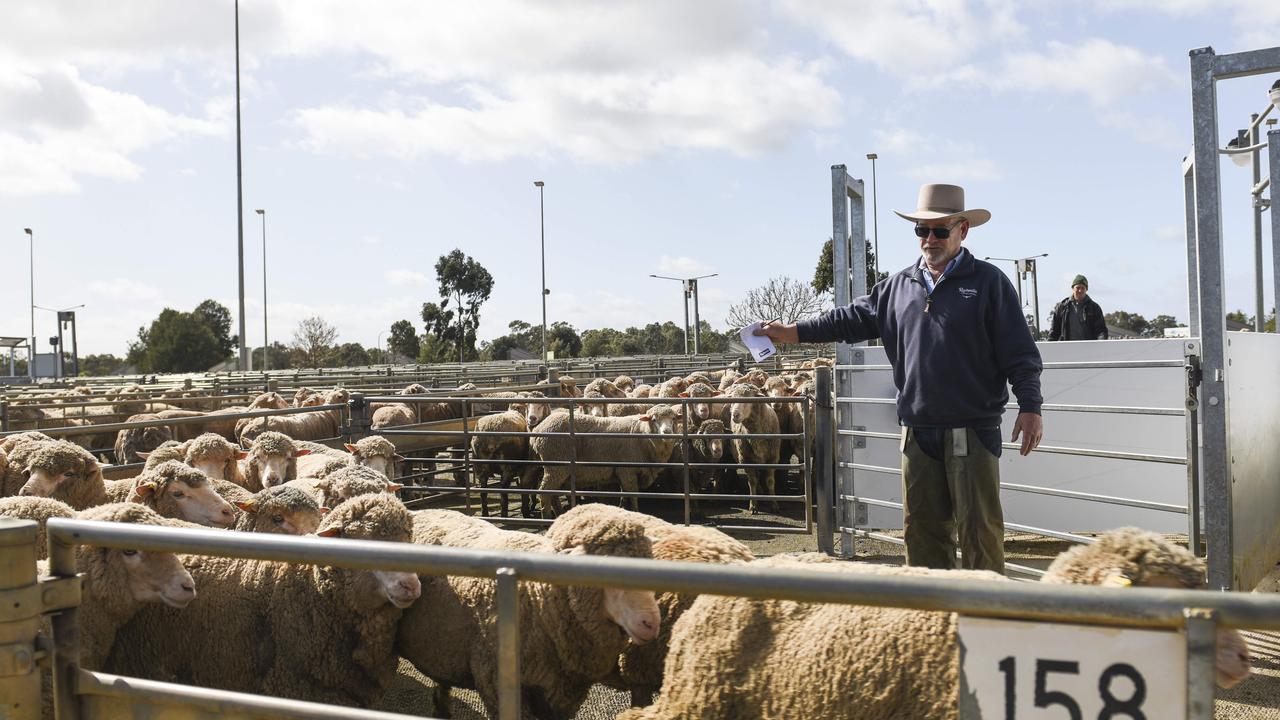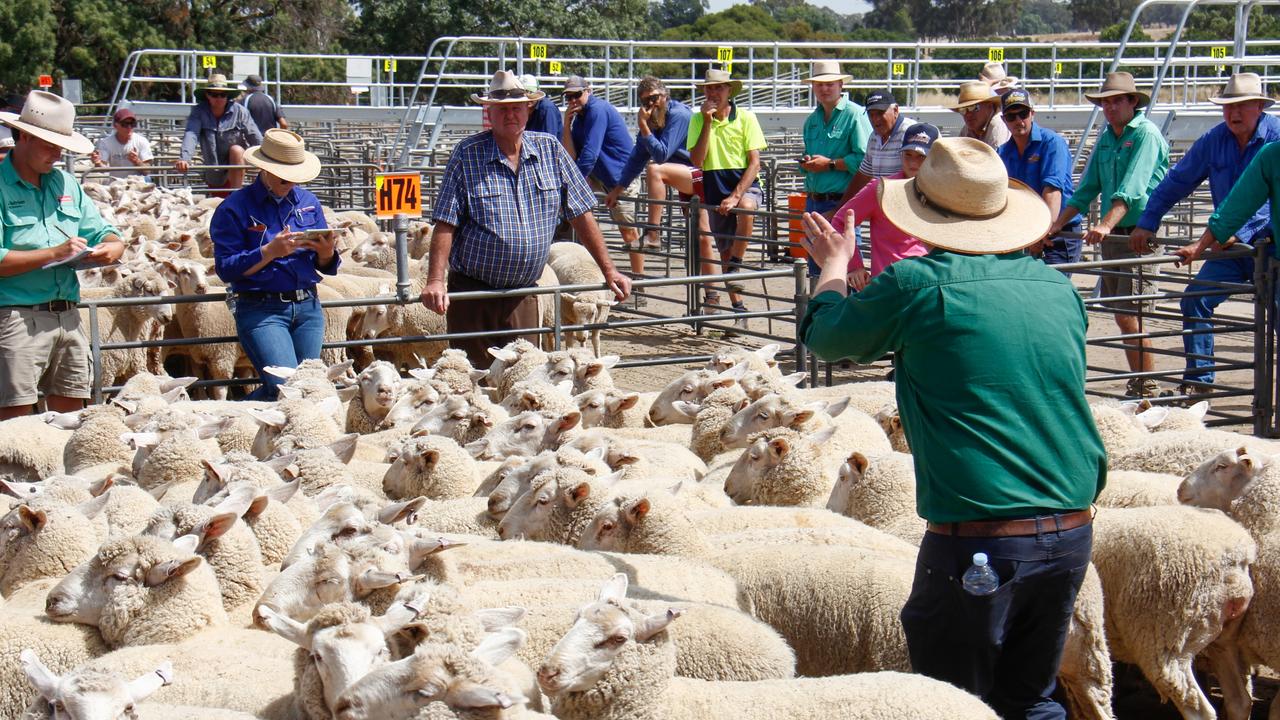Lower supply lifts lamb, mutton prices
The drop in supply and reduced sheep numbers in NSW, due to the extended drought, has led to dearer price trends in southern markets.

LAMB and mutton prices were protected by a drop in supply in NSW as harvest swings into action.
While in the south, windy conditions reportedly prevented livestock ships from sailing out of Tasmania on the weekend, putting pressure on some buyers to fill kill space early this week.
The overall result was a firm to dearer price trend for the best quality sucker lambs sold at the major prime markets earlier this week.
So far this month both lamb and mutton prices have shown an upward tick, going against the usual trend of easing rates as the spring flush builds to peak in the Western District.
At the close of selling earlier this week, the National saleyard indicators were:
● Heavy lambs 758c/kg carcass weight, improving 10c in the past week;
● Trade lambs 772c/kg for a similar lift of 11c/kg;
● Light lambs 859c/kg, improving by 15c in the past week;
and,
● Mutton 664c/kg for a 12c gain.
According to data from Meat and Livestock Australia, all these price averages are tracking ahead of last year’s values of the main slaughter lamb categories by about 30c per kg cwt.
Demand for sheep has been the highlight of the auction system, with reports of sales nudging 700c/kg at times as exporters clash on the good lines available.
Helping southern markets has been a lull in supply across NSW, partly due to the onset of grain and hay production but also due to reduced sheep numbers in this state after the extended drought.
There were just 12,000 lambs yarded at Wagga Wagga in the Riverina last week — 18,000 less than the previous week and one of the smallest offerings this year.
The supply trend for lamb at most NSW centres has been lower in the past week, including earlier this week when Corowa had 10,800 and Dubbo 6580, according to NLRS figures.
It helped offset the bigger numbers building in the south of Victoria, at Ballarat and Hamilton, which will soon split its sales and start selling lambs on a Monday and Wednesday and mutton on a Thursday.
The lamb market is revolving around quality at saleyards, with buyers favouring the fresher conditioned suckers ahead of those that have gone dry and are showing seed in skins.
At Bendigo earlier this week, the National Livestock Reporting Service quoted the best trade and heavy lambs as $2 to $9 dearer, but plainer types of similar weights as just firm.
The heaviest export suckers sold from $220 to a top of $240, with the bulk of the heavy lambs in the 26-30kg weight range from $200 to $225 to average around $215.
On a carcass basis, the NLRS was calculating the best suckers at 750c/kg to 770c/kg cwt, with general run lambs from 730c/kg to 740c/kg.
Price patterns for store lambs remained similar at $130 to $160 for most, although some very light lambs under 12kg cwt did sell strongly to record big liveweight money.
MORE
FIRST-CROSS EWE PRICES HIGH, BUT HARDLY SILLY MONEY


